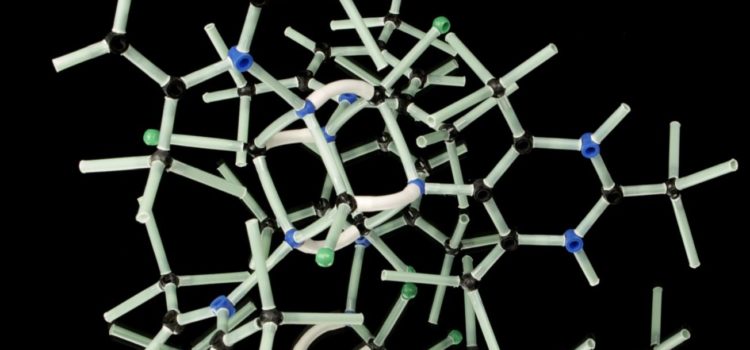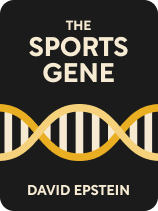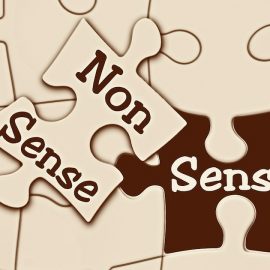

This article is an excerpt from the Shortform book guide to "The Sports Gene" by David Epstein. Shortform has the world's best summaries and analyses of books you should be reading.
Like this article? Sign up for a free trial here .
What is the function of the gene Apolipoprotein E (APOE)? How many APOE variants are there?
The Apolipoprotein E gene influences inflammation in the brain following head trauma. The Apolipoprotein E gene has three variants: APOE 2, APOE 3, and APOE 4. A person’s variant of the gene can influence how they recover from a brain injury.
Keep reading to learn about the function of Apolipoprotein E and how it relates to sports.
Apolipoprotein E (APOE)
People recover from a brain injury at different rates depending on which of the three APOE variants they have. That’s why Apolipoprotein E is of particular interest for athletes such as football players for whom head trauma is a constant possibility during play.
People with the APOE 4 variant can experience more complications during the healing process and seem to be more at risk for dementia and cognitive impairment years down the road. (The APOE 4 variant is also associated with Alzheimer’s disease.)
Studies on boxers and football players have shown that having the APOE 4 variant and being hit in the head during play can result in cognitive impairment. Data shows that of the athletes who suffered severe complications from head trauma, many more had two copies of APOE 4 than occurs in the general population. Epstein cites one researcher who compares the risk of getting dementia for someone with one copy of APOE 4 to the risk of brain damage from playing in the NFL. Having two copies (one from each parent) increases the risks.
In a possible direction for future policies in sports, Epstein notes that the elevated risk for athletes in contact sports with one or more copies of the APOE 4 variant may warrant genetic testing. This would give players more information about their personal risk.
| CTE A 2017 article in The New York Times looked at the rates of CTE in NFL football players. CTE, or chronic traumatic encephalopathy, is associated with confusion and memory loss, depression, and dementia. It is likely caused by the accumulated damage of multiple blows to the head over time. The article notes that it likely does not take repeated game-stopping/concussion-causing blows to cause CTE. The article cites a study from Stanford showing that one lineman received 62 blows to the head during a single game, and each one carried the equivalent force of driving a car into a wall at 30 mph. These smaller hits happen more frequently and do not cause players to take time out to heal, which may contribute to CTE. The NYT article discusses research findings from postmortem brain studies of 111 NFL players. One hundred and ten of them had CTE. While the article acknowledges that the results are skewed toward finding CTE (because many of the brains were donated by family members who suspected that their loved ones had CTE), these findings are far too decisive to be explained by bias alone. The evidence of long-term damage from playing football has led to calls for major changes in the sport, including a shift toward flag football for children. |

———End of Preview———
Like what you just read? Read the rest of the world's best book summary and analysis of David Epstein's "The Sports Gene" at Shortform .
Here's what you'll find in our full The Sports Gene summary :
- A look at how our genes play a determining role in our success in sports
- Why practice doesn't always guarantee success
- The fortuitous gene pairings that can lead to elite athleticism






